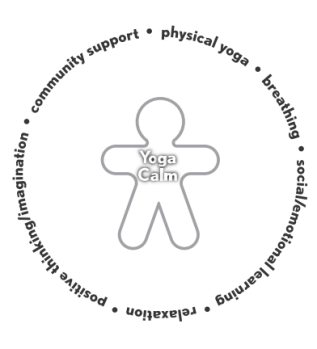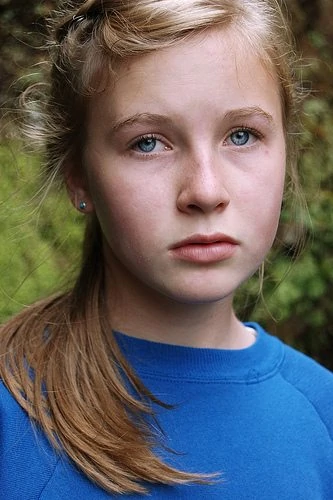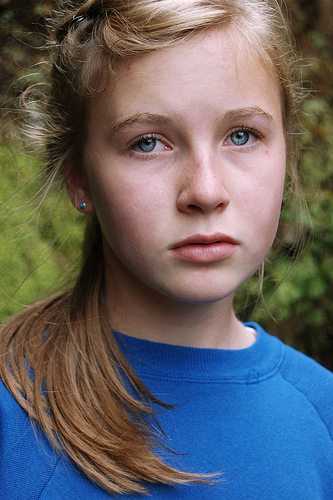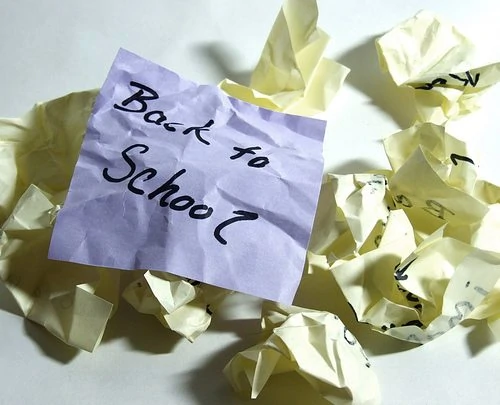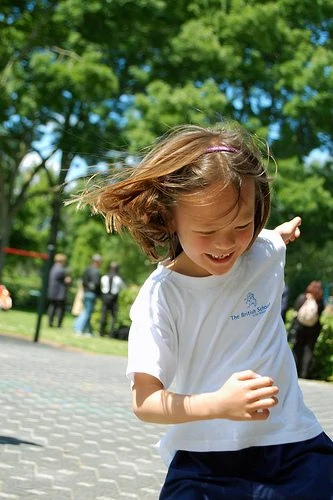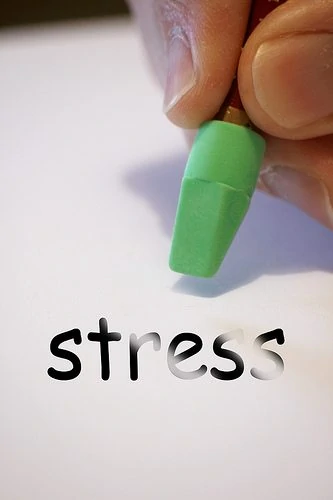Since the 2008 economic crisis, much has been discussed and written about how its effects are not just financial but psychological, as well. And as a recent New York Times article reminds us, they affect children just as much as adults.
Children, especially, have become hidden casualties, often absorbing more than their parents are fully aware of. Several academic studies have linked parental job loss — especially that of fathers — to adverse impacts in areas like school performance and self-esteem.
* * *
A recent study at the University of California, Davis, found that children in families where the head of the household had lost a job were 15 percent more likely to repeat a grade. Ariel Kalil, a University of Chicago professor of public policy, and Kathleen M. Ziol-Guest, of the Institute for Children and Poverty in New York, found in an earlier study that adolescent children of low-income single mothers who endured unemployment had an increased chance of dropping out of school and showed declines in emotional well-being.
We are not born knowing how to deal with stress, especially the psychological kind. Rather, this is a skill we learn, most commonly by observing others. Thus, it is not surprising that children pick up on stress cues demonstrated by parents.
lanuiop/Flickr
As we discuss in Yoga Calm for Children, some stress, of course, can be positive – a kind of motivating factor. But if the stress goes on too long, the stage is set for physical illness. As Robert Sapolsky shows in his book Why Zebras Don’t Get Ulcers, although stressors – even massive or chronic ones – don’t automatically lead to illness, they do increase the risk of disease. Health risks include compromised immune system function, inhibited growth and even death of brain cells in the hippocampus; osteoporosis; cardiovascular disease; neck, shoulder, and back pain; rheumatoid arthritis; asthma; depression; and diabetes.
In children, emotional and physical development may be impaired. And unhealthy ways of reacting to and interacting with the world may become entrenched. Some examples of such maladaptive behaviors and other coping devices are described in the Times article:
Paul Bachmuth’s 9-year-old daughter, Rebecca, began pulling out strands of her hair over the summer. His older child, Hannah, 12, has become noticeably angrier, more prone to throwing tantrums.
* * *
When Rebecca began pulling her hair out in late summer in what was diagnosed as a stress-induced disorder, she insisted it was because she was bored. But her parents and her therapist — the same one seeing her parents — believed it was clearly related to the job situation.
The hair pulling has since stopped, but she continues to fidget with her brown locks.
The other day, she suddenly asked her mother whether she thought she would be able to find a “good job” when she grew up.
Hannah said her father’s unemployment had made it harder for her to focus on schoolwork. She also conceded she had been more easily annoyed with her parents and her sister.
At night, she said, she has taken to stowing her worries away in an imaginary box.
“I take all the stress and bad things that happen over the day, and I lock them in a box,” she said.
Then, she tries to sleep.
How stress affects an individual depends upon the person’s genetic makeup, experience with stress, and how he or she has learned to cope with it. Children under acute or chronic stress may exhibit any of a wide variety of symptoms, many of which are readily observable by parents, teachers, counselors, physicians, and others who regularly interact with children. Obviously, any symptoms of chronic stress should prompt inquiry and possible action to alleviate their causes. If left unattended, they can become impediments to learning, create additional challenges in classroom management and set the stage for long-term health problems.
However, no matter what the source, all children will benefit by including the factors that help us to handle their stress in positive, proactive ways – to become stress-hardy, as illustrated in the graphic below.